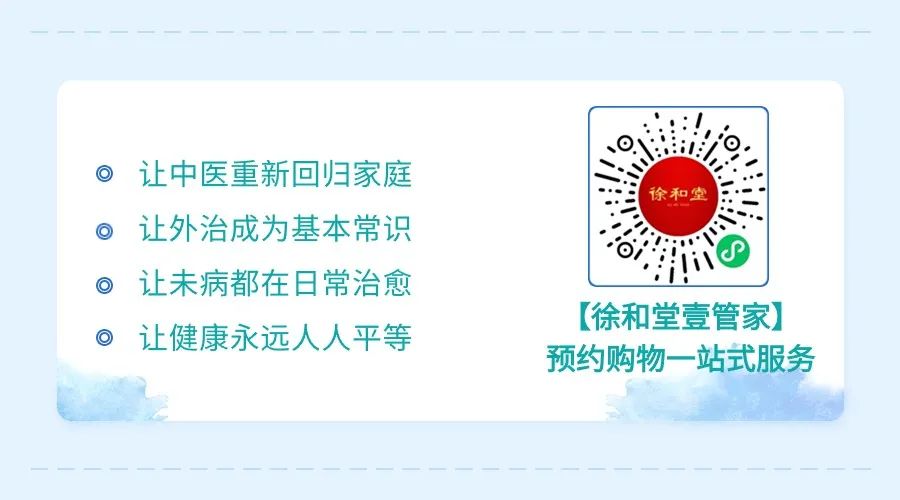
In Traditional Chinese Medicine (TCM), the piwei (spleen and stomach) is regarded as the foundation of postnatal life, responsible for the transformation and transportation of nutrients from food and water, providing nourishment and energy to the body. However, due to modern lifestyles and dietary habits, issues with the spleen and stomach have become increasingly common.
As a commonly used external treatment method in TCM, gua sha (scraping therapy) has significant effects on regulating the spleen and stomach. Today, we will explore how to improve our spleen and stomach function through this traditional TCM therapy.
Diagnostic Patterns of Spleen and Stomach Issues


1. Qi Deficiency of the Spleen and Stomach★Symptoms: pale complexion, shortness of breath, fatigue, poor appetite, abdominal distension after eating, loose stools, etc. ★Causes: Often due to irregular diet, excessive fatigue, or prolonged illness depleting the qi of the spleen and stomach.
2. Yang Deficiency of the Spleen and Stomach★Symptoms: cold pain in the stomach area, preference for warmth and pressure, cold limbs, loose stools, undigested food, etc. ★Causes: Commonly caused by excessive consumption of cold foods, invasion of cold pathogens, or prolonged illness damaging the spleen yang.
3. Yin Deficiency of the Spleen and Stomach★Symptoms: dull pain in the stomach area, dry mouth and throat, lack of appetite, dry retching, constipation, etc. ★Causes: Often due to late-stage febrile diseases, emotional distress, or excessive consumption of spicy foods leading to depletion of stomach yin.
4. Damp-Heat of the Spleen and Stomach★Symptoms: fullness and distension in the stomach area, nausea and vomiting, bitter taste in the mouth, heavy limbs, sticky stools, etc. ★Causes: Often due to invasion of damp-heat pathogens, irregular diet, or excessive consumption of rich and greasy foods, leading to internal damp-heat.

Gua Sha Points Selection

★ Zusanli (Stomach 36)
Location: On the outer side of the lower leg, 3 inches below the knee, on the line connecting the knee and the lateral malleolus.
Function: Regulates the spleen and stomach, tonifies qi, promotes circulation, dispels wind and dampness.
Gua Sha Method: Use the edge of the gua sha board at a 45-degree angle, scraping from top to bottom with moderate pressure until petechiae appear.
★ Zhongwan (Ren 12)
Location: In the upper abdomen, on the midline, 4 inches above the navel.
Function: Harmonizes the stomach, strengthens the spleen, descends rebellious qi, and promotes urination.
Gua Sha Method: Use the flat side of the gua sha board, scraping from left to right with moderate pressure until petechiae appear.
★ Pishu (Bladder 20)
Location: On the back, below the spinous process of the 11th thoracic vertebra, 1.5 inches lateral.
Function: Strengthens the spleen and harmonizes the stomach, promotes dampness transformation and clears heat.
Gua Sha Method: Patient lies face down, scrape from top to bottom with moderate pressure until the skin turns red or petechiae appear.
★ Weishu (Bladder 21)
Location: On the back, below the spinous process of the 12th thoracic vertebra, 1.5 inches lateral.
Function: Harmonizes the stomach, strengthens the spleen, regulates the middle and descends rebellious qi.
Gua Sha Method: Same as for Pishu.
Precautions for Gua Sha

★Before gua sha, clean the skin and apply an appropriate amount of gua sha oil to reduce friction.
★During gua sha, apply moderate pressure to avoid skin damage from excessive force.
★After gua sha, avoid taking a shower immediately, especially with cold water, to prevent invasion of wind and cold.
★Pregnant women, those with skin allergies, or bleeding tendencies should avoid gua sha.
★Regulating the spleen and stomach with gua sha requires long-term adherence, generally once a week (until petechiae fade).
Poor spleen and stomach function can affect our health and quality of life. Through the simple and effective TCM therapy of gua sha, combined with correct diagnostic patterns and point selection, we can effectively regulate spleen and stomach function. However, it is important to note that gua sha is only an auxiliary method. If spleen and stomach issues are severe, timely medical attention and professional treatment should be sought. We hope everyone can achieve a healthy spleen and stomach and enjoy a wonderful life!

Previous Articles

Learning Gua Sha: Common Acupoints for Gua Sha on the Thyroid
Learning Gua Sha: Common Gua Sha Acupoints for the Head and Neck
How to Relieve Dry Eyes and Eye Discomfort with TCM
Learning Gua Sha: Common Gua Sha Acupoints for Dispelling Dampness and Detoxification
There Are Many Types of Heat in the Body; Treating Heat Requires “Targeted Therapy” Rather Than Just Drinking Herbal Tea

